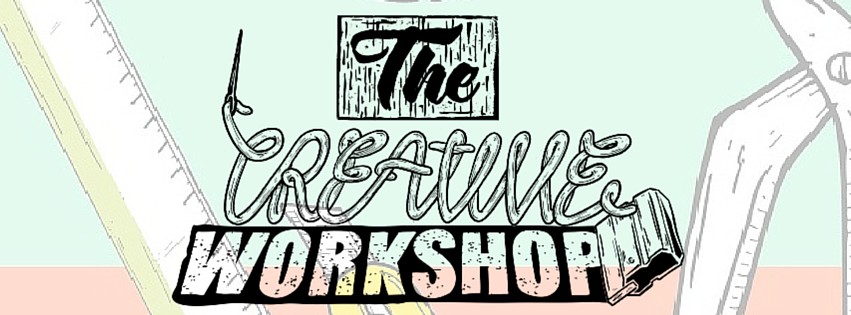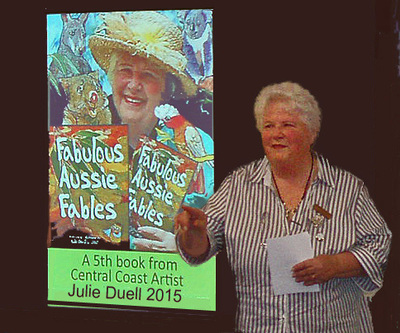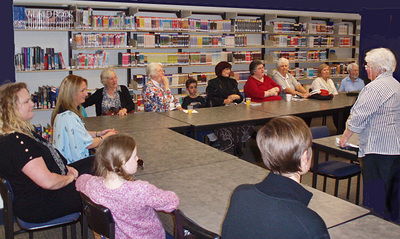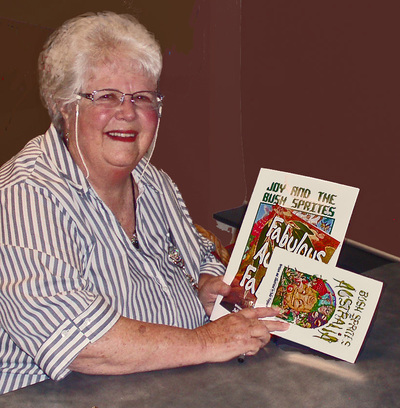Back in 2008-2011 she could see a lot of talented graduates emerge from the Newcastle Art School with great hopes to pursue print making, fashion, leather and jewellery design, and then never go any further because they lost access to the equipment and machinery that TAFE, Universities and Art Schools provide. Very few people have the resources to purchase that kind of equipment themselves, let alone have enough storage space at home to house it.
She could see that some kind of 'maker space' was needed on the Central Coast, a place where artists and artisans could gain access to the equipment needed to take their talents from the concept stage to the prototype stage, to small scale manufacturing - essential steps along the road of getting to middle scale manufacturing and earning-a-living success.
Such a maker space would provide mutual encouragement for artisans, an opportunity to engage with the community, to exhibit and sell their work, a place to create their work, and opportunities to collaborate on business ideas.
With the help of Westfield Tuggerah a one month lease of space was secured, and a series of 20 workshops began on such topics as millinery, t-shirts, felt making and others. Several thousand dollars were taken in sales and the network of interested people expanded.
The next phase is happening now, with a 6 month lease of space on the ground floor of the Imperial Shopping Centre at Gosford. It has been a very patient wait for the Centre renovations to be completed so that the maker space can begin.
A more permanent home for the maker space is still being sought, so if you think you can help, contact Jessica via her personal Facebook page, or the Creative Workshop Facebook page.
The maker space will be funded in part through three levels of membership, full, concession and associate. For more information about that, visit the membership page.
And of course, should you be visiting Gosford in the first half of 2016, pop into the Imperial Centre and get inspired.




 RSS Feed
RSS Feed
